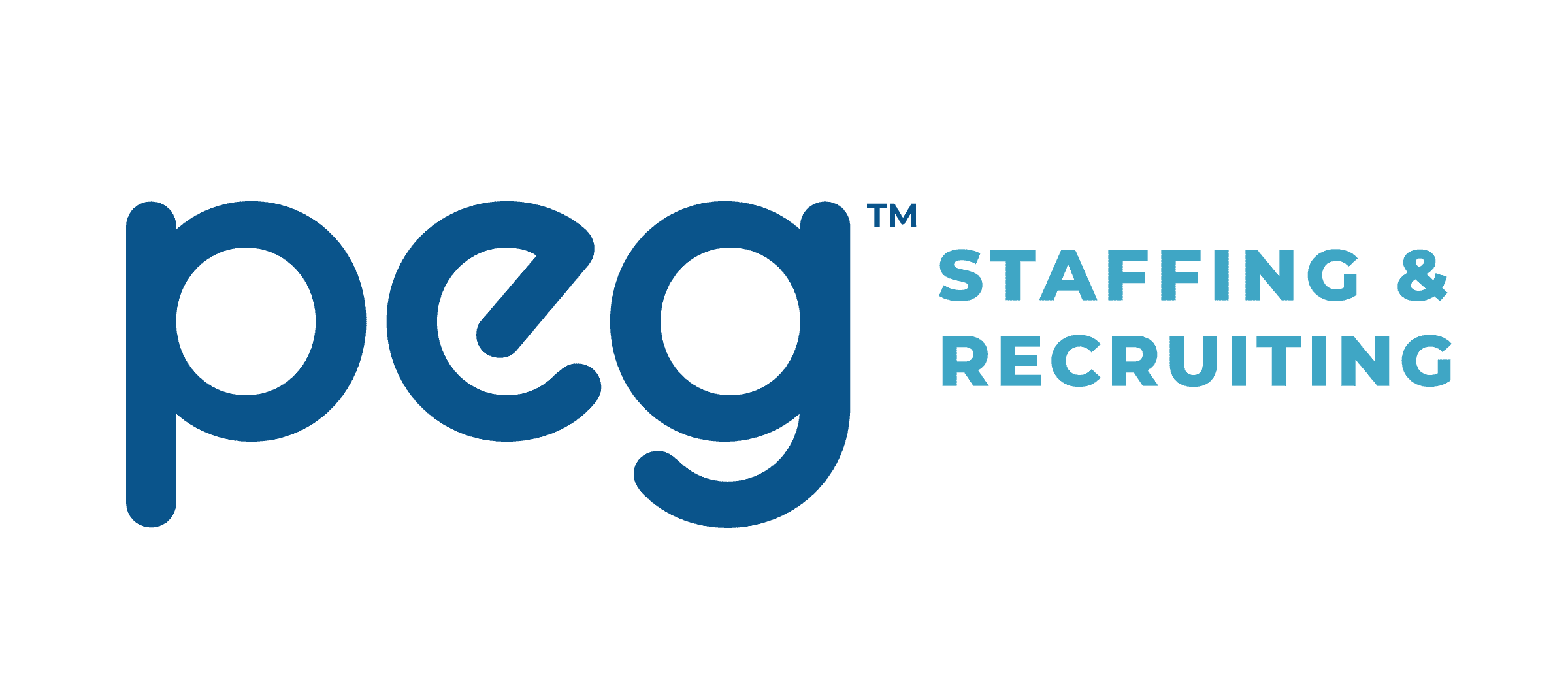How to Build an Engaged Workforce for Long-Term Success
An engaged workforce is the cornerstone of any successful organization. When employees are genuinely invested in their roles and aligned with the company’s mission, they drive productivity, innovation, and long-term growth. However, building and sustaining engagement requires deliberate effort and a strategic approach. Here are ways businesses can cultivate an engaged workforce for lasting success.
Foster a Positive Workplace Culture
Workplace culture plays a pivotal role in employee engagement. A positive and inclusive environment makes employees feel valued, respected, and connected to their colleagues and the organization.
Action Steps:
- Encourage open communication at all levels of the organization.
- Promote diversity, equity, and inclusion to ensure all employees feel a sense of belonging.
Provide Opportunities for Growth and Development
Employees are more engaged when they see opportunities for personal and professional advancement. A lack of growth prospects can lead to stagnation and disengagement.
Action Steps:
- Offer ongoing training programs, certifications, and skill-building workshops.
- Create clear career pathways and encourage internal mobility.
- Pair employees with mentors to support their development and align their goals with organizational objectives.
Recognize and Reward Contributions
Recognition is a powerful driver of employee engagement. When employees feel their efforts are appreciated, they are more likely to remain committed to their roles and the organization.
Action Steps:
- Implement recognition programs that highlight individual and team achievements.
- Offer meaningful rewards, such as bonuses, extra time off, or public acknowledgment.
- Make recognition timely and specific to reinforce desired behaviors and outcomes.
Empower Employees Through Autonomy
Micromanagement stifles creativity and trust. Empowering employees to take ownership of their work fosters a sense of responsibility and engagement.
Action Steps:
- Delegate tasks with clear objectives but allow flexibility in execution.
- Encourage decision-making and problem-solving at all levels.
- Provide the resources and support employees need to succeed independently.
Prioritize Work-Life Balance
Overworked employees are more likely to experience burnout, diminishing engagement and productivity. A healthy work-life balance contributes to happier, more motivated employees.
Action Steps:
- Offer flexible work schedules and remote work options when feasible.
- Encourage employees to take regular breaks and use their vacation time.
- Promote wellness programs that support physical, mental, and emotional health.
Communicate the Company’s Vision and Values
Employees are more engaged when they understand how their work contributes to their mission. Clear communication about goals and values fosters alignment and purpose.
Action Steps:
- Share the company’s vision regularly through meetings, newsletters, and town halls.
- Involve employees in setting goals and celebrating achievements.
- Demonstrate leadership’s commitment to the organization’s values.
Conclusion
Building an engaged workforce is an ongoing effort that requires attention to culture, growth, recognition, empowerment, work-life balance, and alignment with the company’s vision. By implementing these strategies, organizations can create a thriving workplace where employees are motivated to contribute to long-term success. An engaged workforce drives productivity and innovation, strengthens loyalty, and builds a resilient organization prepared for future challenges.
Share this article
